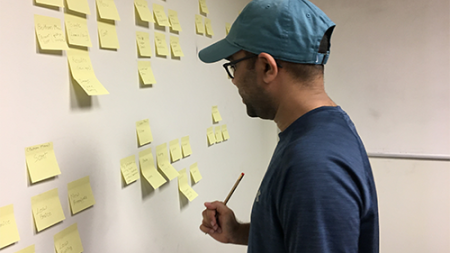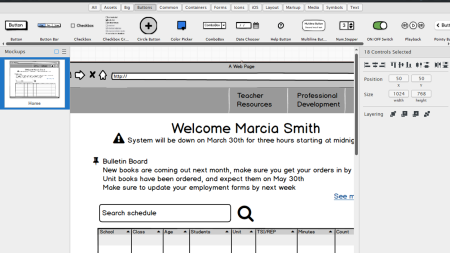
Related Class
How good UX increases profitability
- Published on

There is a clear ROI of UX training from a development perspective. By implementing user experience best practices, development time is reduced, and products are completed with fewer revisions. Yet this only tells part of the story, as good UX can improve profitability for virtually all online or digital products and services.
How UX improves profitability by improving user experiences
The profitability of an investment in UX can be seen across a wide range of areas that are impacted by the user experience. One example can be seen in reducing time required to perform tasks by removing obstacles that users encounter when working on a website or within an app. An improved UX that makes it easier for users to access and use the functions they need the most, such as reducing the time needed for workers to use a line-of-business app, generates a reduction in cost and improves efficiency. Similarly, an improved user experience leads to increased usage of consumer-facing apps or additional time spent on a website, leading to more sales or increased advertising revenue, depending upon the type of site or app, and your business model. Another example of how profitability is tied to UX can be seen in the reduced support costs associated with an investment in user experience. For example, if an app or website used to enter data across a large enterprise is made easier for employees to use, they are likely to not need support, whether in-person, on-line, or via phone. In all these cases, an improved UX generates improved profitability in ways that extend beyond the design and development process.
UX training contributes to profitability
Understanding UX processes and principles is a first-step in improving business profitability. This is a long-term investment, and can start with foundational UX training classes, such as the Introduction to UX Design Principles course. UX design training provides a foundation for how you can best approach the creation or revision of user experiences with apps and websites. By better meeting the needs of internal or external users, you will be able to see how UX improves profitability for websites and apps.
About the author
Jennifer Smith is a user experience designer, educator and author based in Boston. She has worked in the field of user experience design for more than 15 years.She has designed websites, ecommerce sites, apps, and embedded systems. Jennifer designs solutions for mobile, desktop, and iOT devices.
Jennifer delivers UX training and UX consulting for large Fortune 100 companies, small start-ups, and independent software vendors.She has served as a Designer in Residence at Microsoft, assisting third-party app developers to improve their design solutions and create successful user experiences. She has been hired by Adobe and Microsoft to deliver training workshops to their staff, and has traveled to Asia, Europe, India, the Middle East, and across the U.S. to deliver courses and assist on UX design projects. She has extensive knowledge of modern UX Design, and worked closely with major tech companies to create educational material and deliver UX workshops to key partners globally. Jennifer works with a wide range of prototyping tools including XD, Sketch, Balsamiq, Fireworks, Photoshop, Illustrator, and Blend for Visual Studio. She also works extensively in the fields of presentation design and visual design.
Jennifer is also an expert on Photoshop, digital image editing, and photo manipulation. Having written 10 books on Photoshop, and having consulted and provided training to major media companies and businesses around the globe.
Jennifer is the author of more than 20 books on design tools and processes, including Adobe Creative Cloud for Dummies, Adobe Creative Cloud Digital Classroom, and Photoshop Digital Classroom. She has been awarded a Microsoft MVP three times for her work with user experience design in creating apps for touch, desktop, and mobile devices. Jennifer holds the CPUX-F certification from the User Experience Qualification Board and assists others in attaining this designation in leading a UX certification course at American Graphics Institute. She is a candidate for a Master’s degree in Human Factors in Information Design.


